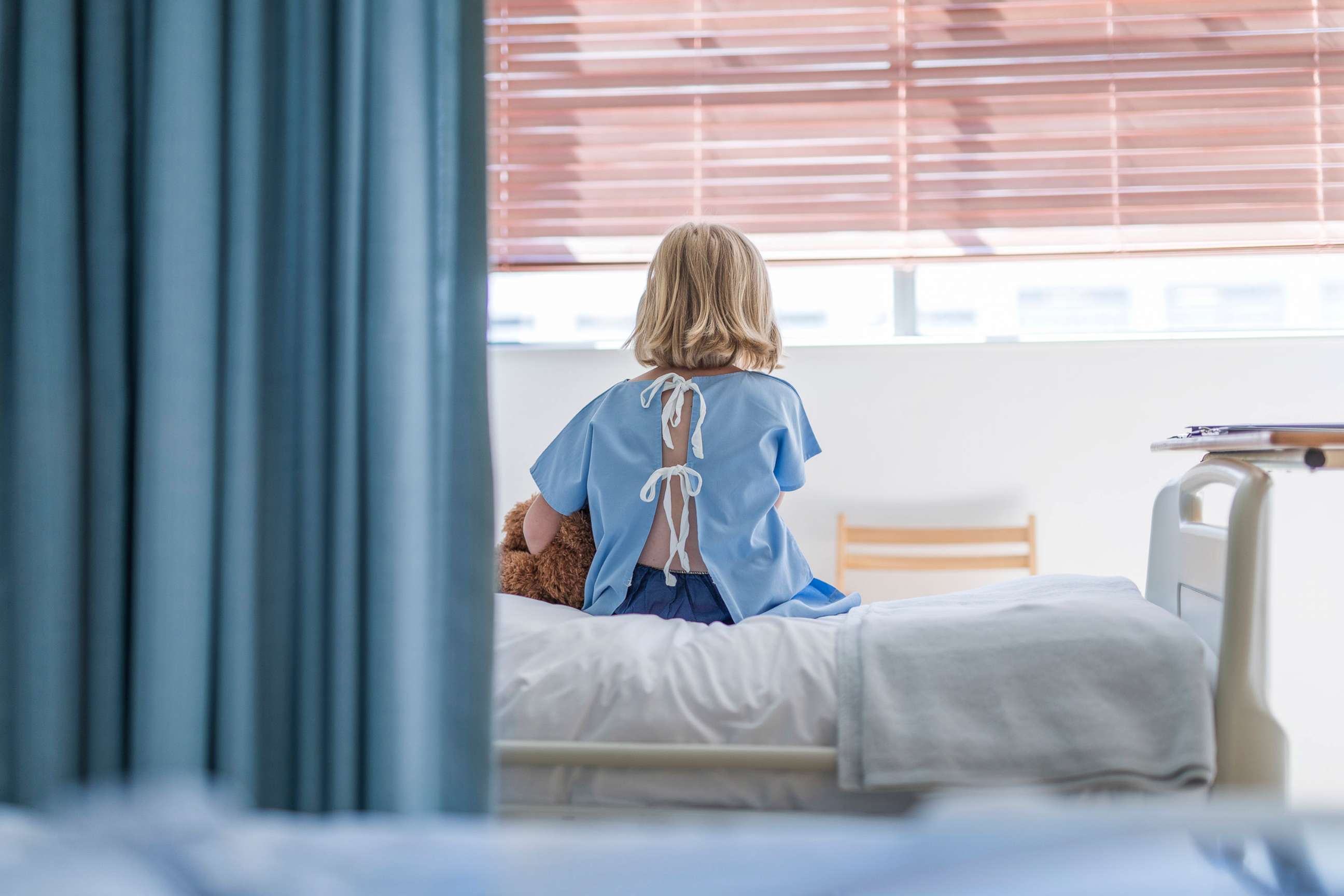US hospitals are at their highest capacity in a year -- and it's not only due to COVID
More than 79% of hospital beds are full, according to HHS data.
Hospitals are reaching nearly record-capacity levels since the COVID-19 pandemic began, according to data from the Department of Health & Human Services.
Currently, nearly 80% of inpatient hospital beds are full, a figure not seen since the week ending Jan. 23, 2022, as the omicron wave was winding down, according to an ABC News analysis of the data.
Meanwhile, 78% of intensive care units beds are occupied this week. This is the highest number recorded since the week ending Feb. 13, 2021, when 79% of beds were occupied, the analysis found.
However, unlike winter 2021 or winter 2022, this time is different because it's not mostly COVID-19 patients who are filling up hospital beds.
Only about 5.5% of inpatient beds are currently being used for COVID-19 patients, the data shows.

"It's not like COVID is the only game in town anymore," Dr. Peter Chin-Hong, an infectious disease specialist at the University of California, San Francisco, told ABC News. "You can get COVID, then you can get a cold or then you can get RSV, and then you get influenza."
According to newly released data from the Centers for Disease Control and Prevention on Friday, most states are reporting either "very high" or "high" levels of flu activity.
What's more, the cumulative hospitalization rate continues to be the highest at this point in the season in the past decade, currently sitting at 26.0 per 100,000.
"We're definitely starting to see that at UCSF," Chin-Hong said. "Flu from the beginning of November to now went up by 12 times in terms of the number of positive tests that we're seeing [at UCSF], and we're starting to see people coming into the hospital setting with flu."
He continued, "The people who are getting very sick are the very young and the very old, primarily. Other people too, but it's disproportionately skewed to the extremes of the age groups."
Of course, respiratory synclinal virus, or RSV, is also a factor.
While the number of cases and hospitalizations have been coming down for the last few weeks, they are still higher than at any other point see in the last two years, an ABC News analysis of CDC data shows.
As of the week ending Dec. 3, the hospitalization rate currently sits at 2.5 per 100,000, the highest ever recorded at this point in the season over the last four years.
In terms of differences when it comes it to ICU bed capacity, Chin-Hong says this time is different from January 2021 because, at the time, COVID-19 vaccines were just starting to be rolled out. Now, over two-thirds of the eligible population has completed their primary COVID-19 vaccination series and therapeutics, such as Paxlovid, are now available.
"The percentage of people with COVID in the hospital, it's lower," Chin-Hong said, adding that at his hospital the COVID patients are less sick physically than in previous years.

Data from the CDC shows that, as of Dec. 7, Americans aged 70 and older have the highest rate of new hospital admissions with COVID-19 at 6.93 per 100,000
However, the number of patients is increasing after holding steady for a few months. At Chin-Hong's own hospital, there were 10 patients with COVID-19 at the beginning of November compared to 40 currently.
Because the capacity could get even worse during the winter, Chin-Hong said he is urging all Americans to get vaccinated and boosters, primarily seniors, and to avoid spreading infection to others, including by wearing masks in indoor crowded spaces.
"If parents have what seems to even be a cold and kids under two or older adults over 65 don't have infection in the household, try to really not spread it to them because that cold might be an infection like RSV and RSV for those under two and over 65 might have more of a serious consequence," he said.




